What Is Dampness?
Important Point
The most common source of dampness is due to the capillary attraction of sub-soil water in the foundation and walls of the building.
Water can penetrate the masonry through faulty sills, bad workmanship, etc. and hence in buildings, a layer of water repellent material called damp proof course (DPC) is introduced, which acts as a barrier against the capillary rise of water.
Also, read: Types of Plaster Finishes (List of Plaster Finishing)
Sources of Dampness in Building
The various sources that cause the dampness in the building arc:
- Rise of moisture from the ground due to capillary action
- The action of rainwater
- Penetration of rainwater from top of the building
- Condensation due to atmospheric moisture
- Miscellaneous sources or causes like poor drainage of a building site, the imperfect orientation of a building, defective construction, etc.
Use of Defective Materials
- Contact with vegetation
- Contact with banked earth
- Defective roofs and gutters
- Defective window sills
- Defective parapet wall
- Rising moisture due to capillary action, through walls and floors
- The splashing of water on wall surfaces.
- Leakage of the site which may result in waterlogging, and ultimately, it may result in dampness in a building.
- Improper drainage of roof and leakage through roof & roof joints.
Also, read: What Is Plaster | Methods of Plastering
Effects of Dampness in Building
The structure is badly affected by dampness. The prominent effects of dampness are as follows:
- A damp building creates unhealthy conditions for occupants and also gives rise to the breeding of mosquitoes.
- Corrosion of metals used in the construction of the building may take place.
- The unsightly patches are formed on the ceilings and walls surfaces.
- The decay of timber takes place rapidly due to dry-rot in a damp atmosphere.
- It results in 1:1 softening and crumbling of plaster.
- It promotes the growth of termites.
- The walls may cause efflorescence, which may result in the disintegration of stones, bricks, tiles, etc. and the strength of the wall is then reduced.
- The materials used as floor coverings are seriously damaged.
- The electric fittings deteriorate, and it may lead to a danger of short-circuiting.
- Unhealthy living for the occupants prevails in a damp building.
- Efflorescence on building surfaces takes place, causing the disintegration of the bricks, stones, tiles, etc. and thus useful life of a building is being lost.
- It causes bleaching of paint, which results in the formation of coloured patches on wall and ceiling surfaces.
- It results in softening and crumbling of plaster.
- Timber, when it comes in contact with water, gets deteriorated due to warping, buckling, and rolling.
- Dampness promotes the growth of termites.
- The surface of the wall is affected patches. Are seen on walls. The point false off, and colours get faded.
- The building elements made up of timer distorted in their dimensions. The timber may decay.
Also, read: What Is Plaster | Type of Plaster | Defects In Plastering
Causes of Dampness
The dampness in a building is a general problem. the various causes which are responsible for the entry of dampness in a structure are as follows:
- Rising of moisture from the ground
- Action of rain
- Exposed tops of walls
- Condensation
- Miscellaneous
1. Rising of Moisture from the Ground
The ground on which the building is constructed may be made of soils which easily allow the water to pass.
Usually, the building materials used for the foundations absorb moisture by capillary action. Thus the dampness finds its way to the floors through the substructure.
2. Action of Rain
If the faces of the wall, exposed to heavy showers of rain, are not suitably protected, they become the sources of entry of dampness in a structure.
Similarly, the leaking roofs also permit the rainwater to enter a structure.
Also Read: Slab Building Definition
3. Exposed Tops of Walls
The dampness may also enter through the exposed tops of the parapet walls and compound walls.
Thus, the exposed tops of such walls should be provided with a damp proof course on their exposed tops.
4. Condensation
Cool air, contain less invisible water vapour than warm air. The process of condensation takes place when warm, humid air is cooled.
The moisture is deposited on the walls, floors, and ceilings. This is the main source causing dampness in badly designed kitchens.
5. Miscellaneous
Defective roof covering of the pitched roofs. Defective junctions between roof slabs and parapet walls. Inadequate slopes in roof slabs.
Improper rainwater pipe connections.
Dampness in Building
Structural dampness is the presence of unwanted moisture in the structure of a building, either the result of intrusion from outside or condensation from within the structure. A high proportion of damp problems in buildings are caused by ambient climate dependent factors of condensation and rain penetration.
Sources of Dampness
- Rising of moisture from the ground: The subsoil moisture, present below the ground level, rises through the foundation beds due to capillary action.
- From the external walls: If the faces of walls are subject to heavy showers of rain, or if they are not being protected properly, the water will percolate in and causes dampness.
- Top of walls: Parapet and compound walls also become a source of dampness as the rain water descends down the wall and causes dampness.
- Condensation: When warm humid air is cooled, condensation takes place. Due to condensation, moisture is deposited on the walls, floors and ceilings and causes dampness.
Causes of Damp
Damp and mould are caused by excess moisture. Moisture in buildings can be caused by leaking pipes, rising damp in basements or ground floors, or rain seeping in because of damage to the roof or around window frames.
Effects of Dampness
Dampness tends to cause secondary damage to a building. The unwanted moisture enables the growth of various fungi in wood, causing rot or mould health issues and may eventually lead to sick building syndrome. Plaster and paint deteriorate and wallpaper loosens.
Dampness Meaning
Definition of dampness. as in moisture. the amount of water suspended in the air in tiny droplets the dampness in the air made a mess of my new hairstyle. moisture. humidity.
Causes of Dampness
Causes of Damp in Houses
- Excess moisture. Moisture gets into the air in our homes through everyday activities like cooking, washing, showering and drying clothes.
- Poorly heated homes.
- Poor ventilation.
- No DPC.
- Inadequate DPC.
What Is Dampness?
Dampness refers to the presence of excessive moisture or high levels of humidity in a particular environment. It can occur in buildings, homes, or any enclosed spaces. Dampness can result from various sources, such as leaks in plumbing or roofing, condensation, inadequate ventilation, or water intrusion from the ground.
Causes of Dampness in Building
The causes of dampness in buildings can include leaks, condensation, rising damp, penetrating damp, high humidity, poor ventilation, and construction defects.
What Is Dampness in Building?
Dampness in a building refers to the presence of excessive moisture or high levels of humidity within its structure. It can occur due to factors like leaks, condensation, rising damp, or inadequate ventilation. Dampness can lead to problems such as mold growth, damage to building materials, and potential health hazards for occupants. It is important to address dampness issues promptly to prevent further damage and maintain a healthy indoor environment.
What Are the Causes of Dampness in Building?
The causes of dampness in buildings can be attributed to various factors, including:
- Leaks: Water leaks from roofs, plumbing systems, windows, or other building components can introduce moisture into the building, leading to dampness.
- Condensation: Condensation occurs when warm, moist air comes into contact with cooler surfaces, causing water droplets to form. Inadequate ventilation and insulation can contribute to condensation on walls, windows, or ceilings.
- Rising damp: Rising dampness happens when groundwater travels upwards through porous materials like masonry or concrete, resulting in moisture penetration in walls, floors, or foundations. This can occur due to the absence of a damp-proof course or failure in an existing damp-proofing system.
What Is Damp?
In the context of buildings or indoor spaces, dampness refers to the state of having excessive moisture or high levels of humidity. It can occur due to factors like leaks, condensation, or inadequate ventilation. Dampness can lead to issues such as the growth of mold, mildew, or fungi, as well as damage to building materials and potential health concerns.
Causes and Effects of Dampness
Dampness along with warmth and darkness breeds germs of dangerous diseases such as tuberculosis, neuralgia, rheumatism etc. Occupants may even be asthmatic. Moisture causes rusting and corrosion of metal fittings attached to walls, floors and ceiling.
Is the Main Source Causing Dampness in Badly Designed Kitchens?
Explanation: The process of condensation takes place when the warm humid air is cooled. This is due to the fact that cool air can contain less invisible water vapours than warm air. The moisture is a deposit on the walls, floor and ceiling. This is the main source causing dampness in badly design kitchens.
Types of Dampness in Building
Causes and types of dampness
- Condensation (most common) – moisture in the air.
- Penetrating dampness – rain getting in through gaps in the brickwork, roof, window frames, and around doors.
What Are the Effects of Dampness?
Basics in Building Construction
Dampness gives rise to breeding of mosquitoes and create unhealthy living conditions. Travel of moisture through walls and ceiling may cause unsightly patches. Moisture travel through walls may cause softening and crumbling of plaster, especially lime plaster.
What Is Dampness in Building Construction?
Dampness in construction can lead to several problems. It can cause deterioration of building materials, such as wood rot or corrosion of metal components. It can also promote the growth of mold, mildew, and fungi, which can negatively impact indoor air quality and pose health risks to occupants. Dampness may result in the discoloration of walls or ceilings, the formation of water stains, or the appearance of mold growth.
Like this post? Share it with your friends!
Suggested Read –
- Building Parapet
- Contract Law Vs Tort Law
- Construction Process of a Building
- How to Building Construction Process Step by Step
- What Is Building Bye-Laws | How Essential Building By Laws
- What Is Inverted Beam | Advantages of Inverted Beam | Purpose of Inverted Beam
- What Is Superstructures | Difference Between Load-Bearing and Framed Structures
- What Is Shear Wall | Classification of Shear Walls |Advantages of Shear Wall | Functions of Shear Wall | Important Point Shera Wall
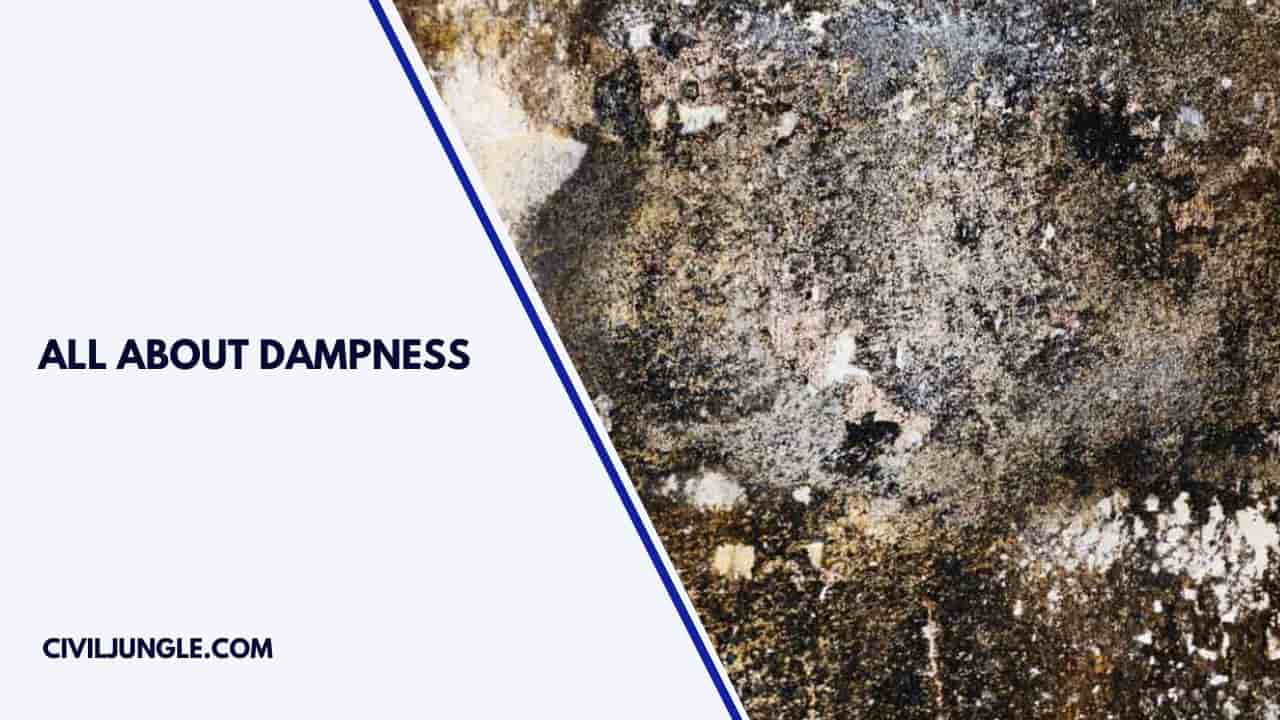
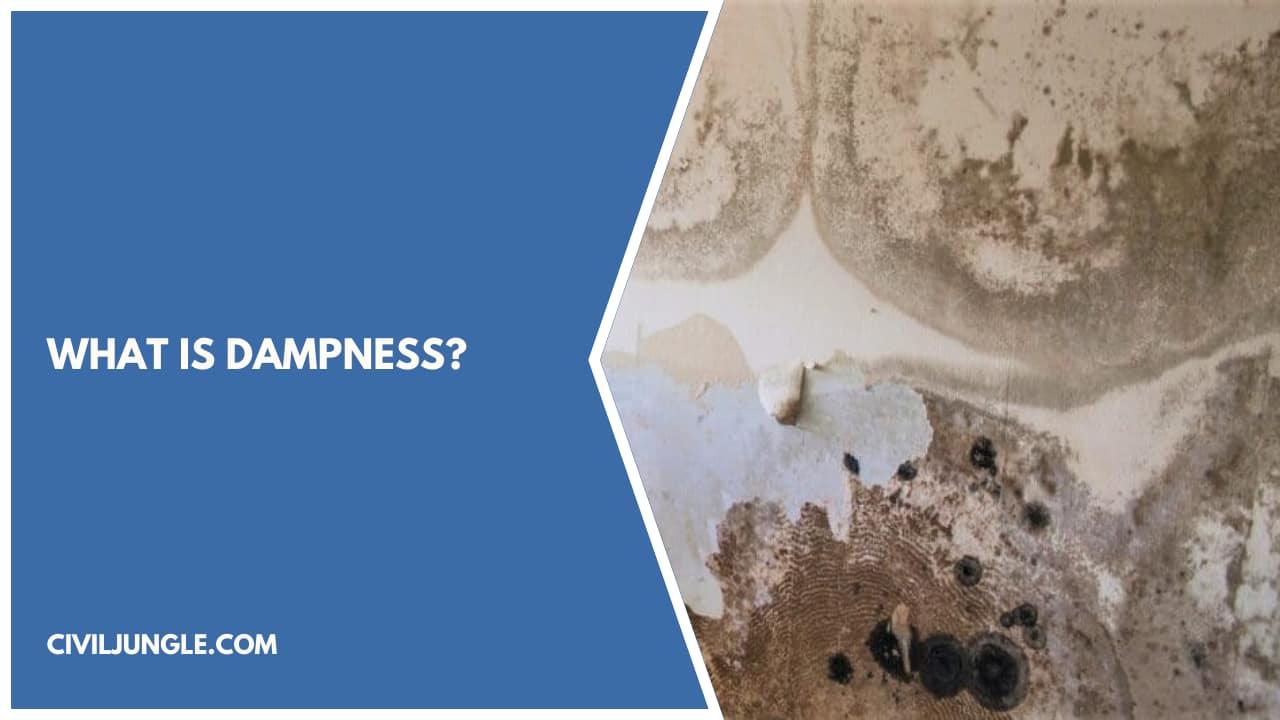
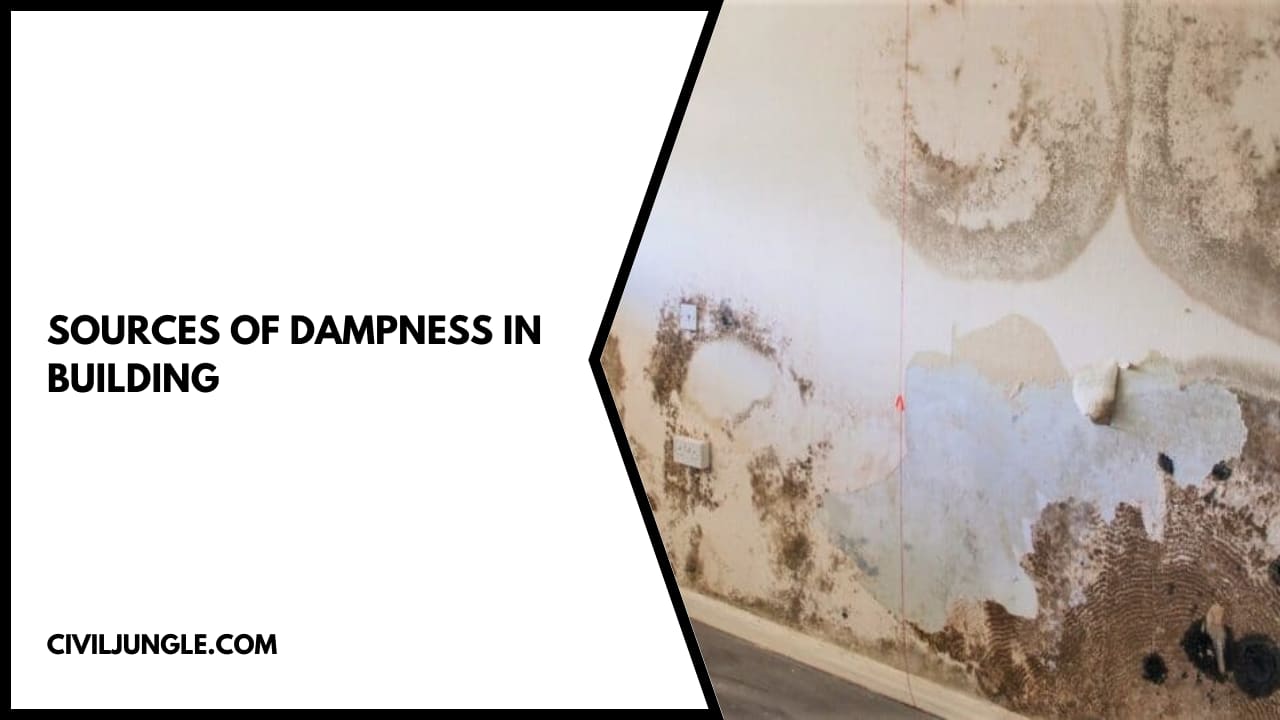
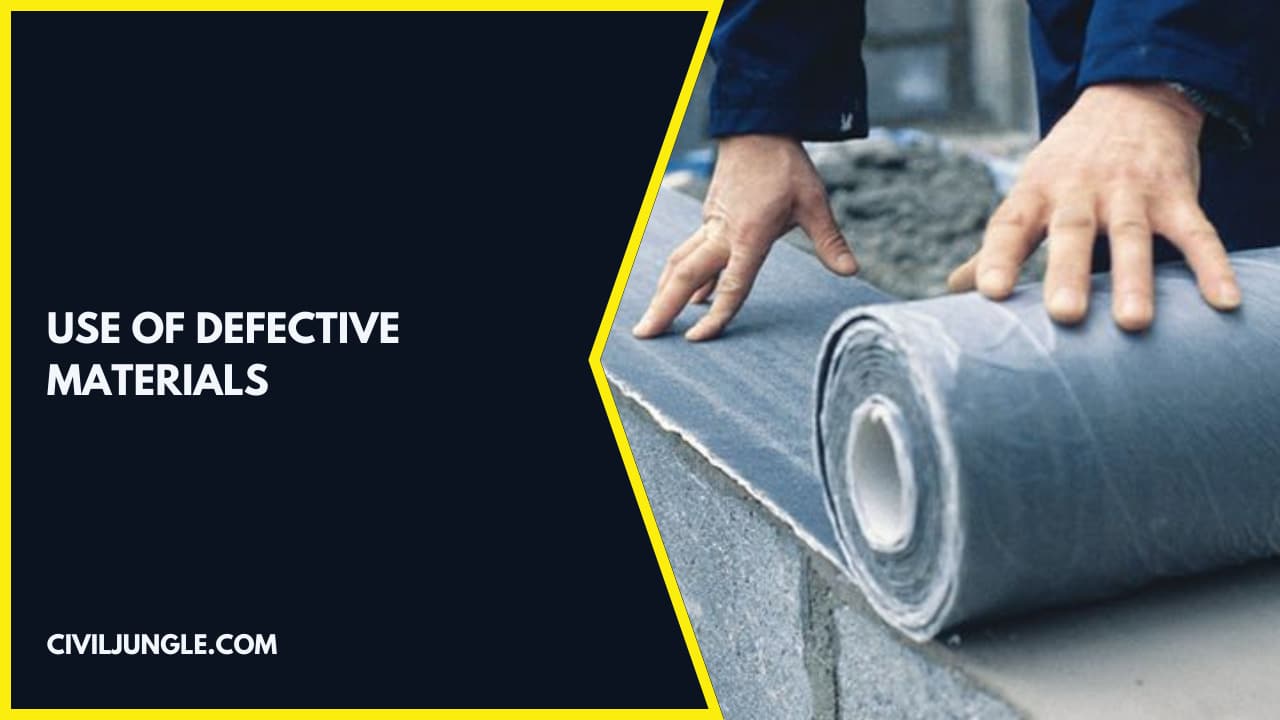
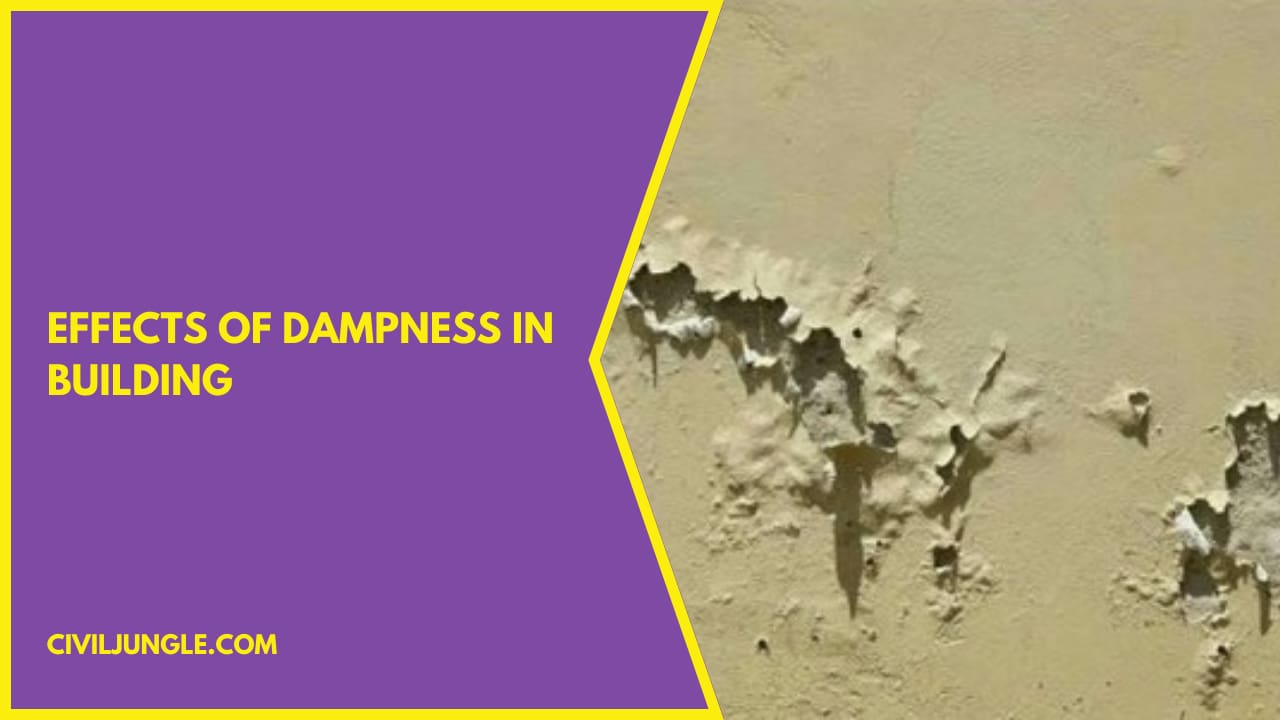
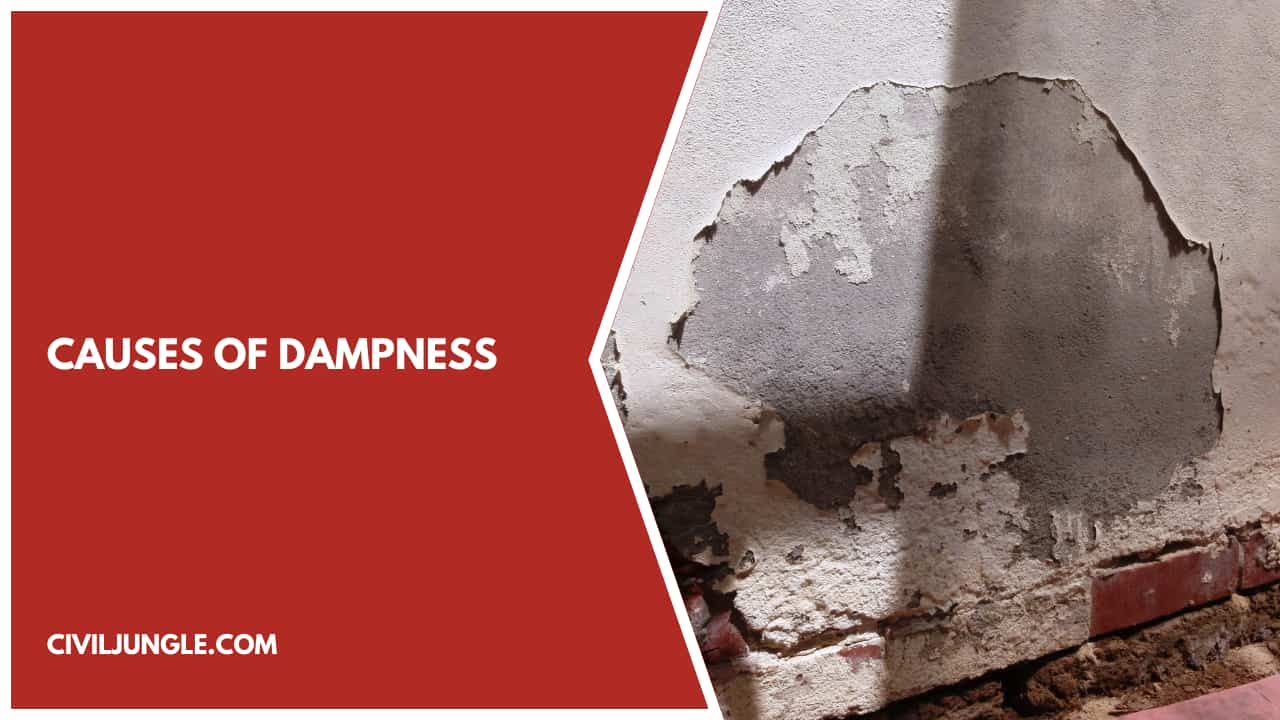
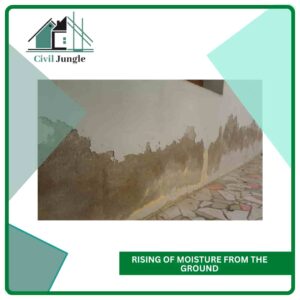
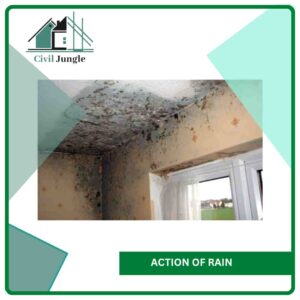
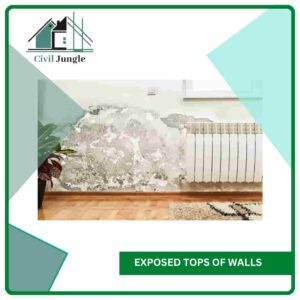
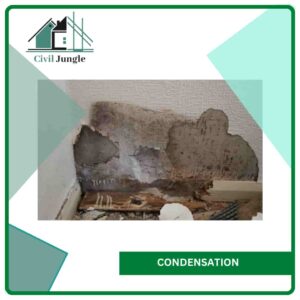
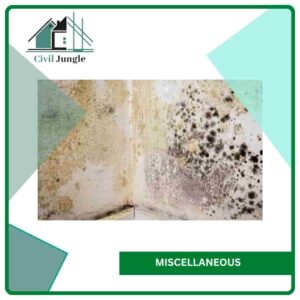

Leave a Reply